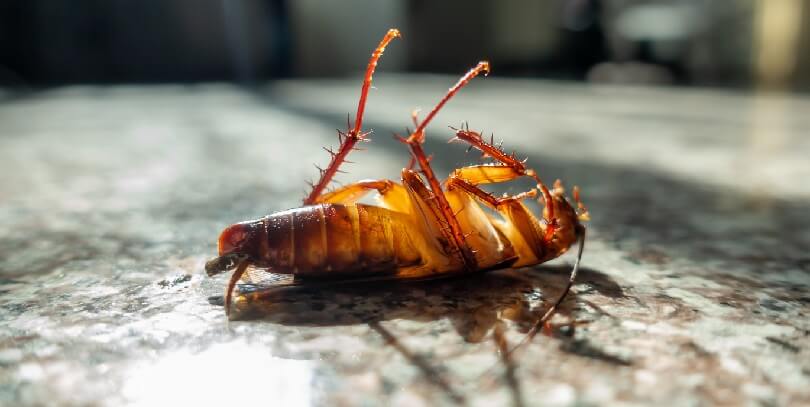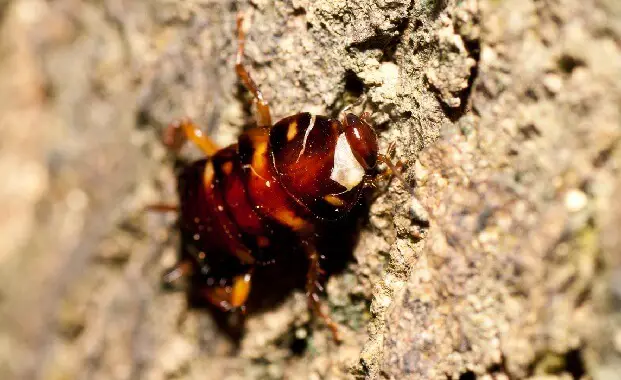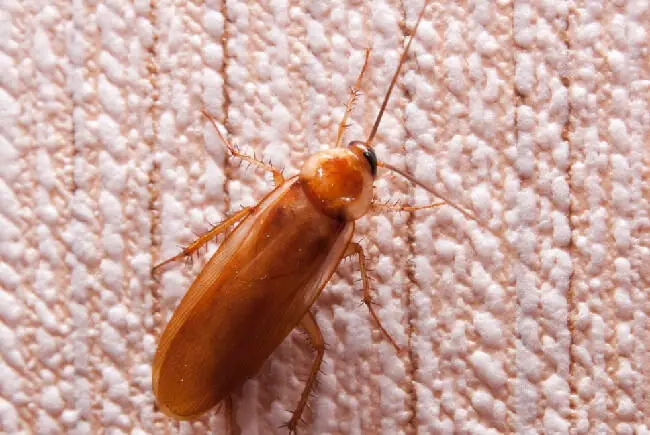Cockroach Fumigation Facts

Cockroaches are among the most persistent pests that homeowners and businesses face. Their resilience, rapid breeding, and adaptability make them challenging to eradicate.
While there are various methods to control cockroach infestations, fumigation is considered one of the most effective for severe infestations. This article will delve into the nuances of cockroach fumigation, the process involved, and its advantages and disadvantages.
What is Fumigation?
Fumigation is a pest control method that involves filling an area with fumigant—a gaseous pesticide—to exterminate pests. The area is sealed off, usually with a tent or covering, to contain the fumigant and ensure it reaches every nook and cranny.
When is Fumigation Necessary?
While other pest control methods, like baits, traps, and sprays, can be effective for minor infestations, fumigation is typically reserved for severe or widespread infestations where other methods have failed. It’s commonly used in large structures, warehouses, or when an entire residence is infested.
Cockroach Fumigation Process
- Preparation: The first step involves preparing the area. This might include sealing off vents, removing or protecting food and delicate items, and ensuring the space is safe for fumigation.
- Sealing the Area: This typically involves tenting the structure or space, ensuring it’s airtight to keep the fumigant contained.
- Introducing the Fumigant: The chosen fumigant is released into space. The time required depends on the area’s size and the infestation’s severity.
- Ventilation: Once the fumigation is complete, the area must be ventilated to remove the toxic gases.
- Safety Inspection: The area must be inspected before re-entry to ensure no residual fumigant remains.
| Advantages | Disadvantages |
|---|---|
| 1. Highly effective for severe infestations | 1. Can be expensive compared to other methods |
| 2. Ensures pests are eradicated from hard-to-reach areas | 2. Requires vacating the premises during treatment |
| 3. Fast method to handle large areas or structures | 3. Potential risk of residue on household items |
| 4. Provides a comprehensive solution | 4. Some environmental concerns with certain fumigants |

Cockroach Fumigation Cost
The cost of cockroach fumigation can vary based on several factors, including the size of the area to be treated, the severity of the infestation, and the region or country where you live.
On average, homeowners might spend anywhere from $100 to $500 for a single treatment, but severe infestations requiring tenting and fumigation of an entire home or building can cost $1,000 or more. Getting multiple quotes from professional pest control services is essential to get a precise estimate for your specific situation.
Cockroach Fumigation Chemicals
Several chemicals are used in fumigation to eradicate cockroaches. Common fumigants include:
- Methyl bromide: Once popular, its use has declined due to environmental concerns.
- Sulfuryl fluoride: This is a commonly used fumigant for termites and cockroaches. It is odorless and leaves no residue.
- Phosphine: Often used in stored grain, it can also be employed against cockroaches.
Note: Always ensure the chemicals used are approved for residential use and inquire about their safety and environmental impact.
Can Fumigation Kill Cockroaches?
Yes, fumigation is designed to be a comprehensive method to kill cockroaches. The gaseous pesticides penetrate areas that might be difficult to reach with other methods, ensuring the eradication of the pests.
Does Fumigation Kill Cockroach Eggs?
Fumigation is effective against adult cockroaches and nymphs. However, while some fumigants can kill cockroach eggs, the efficacy might not be 100%. Combining fumigation with other preventive measures is crucial to ensure that any surviving eggs don’t lead to a resurgence of the infestation.
How Long After Cockroach Fumigation Is It Safe?
The safety duration after fumigation depends on the specific chemical used and the size of the area treated. Typically, professionals will advise homeowners to stay out of the fumigated area for at least 24 hours.
After the fumigation is complete, the area should be well-ventilated to ensure all fumigant residues are gone. Before re-entry, a safety inspection is essential.

What If You Still See Roaches After Fumigation?
Seeing a few cockroaches right after fumigation isn’t uncommon. Some might be disoriented or dying due to the chemicals. However, if you continue to notice roaches several weeks after treatment.
It may indicate that some roaches survived or hidden egg cases have since hatched. In such cases, a follow-up or combination of treatments might be necessary. Regular monitoring and preventive measures can also help ensure the infestation doesn’t return.
Conclusion
While fumigation is an effective method to eradicate cockroaches from an area, it is a serious procedure that should be undertaken with care and preferably by professionals. The benefits are clear: it provides a rapid, comprehensive solution for significant infestations.
However, the costs, both financial and in terms of inconvenience, should be weighed. As with any pest control method, it’s essential to assess the situation’s specific needs and consult with professionals before deciding on the best course of action.

James E. Butkovich, Pest control maven with a knack for eco-friendly & Chemical solutions. Blogger with a mission to make homes pest-free, one post at a time.